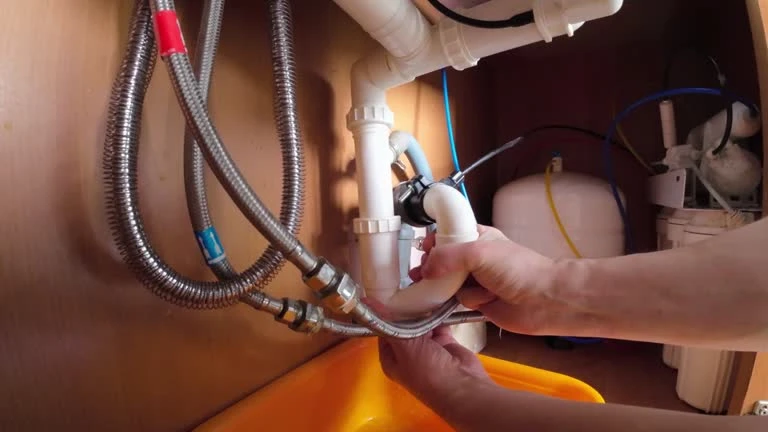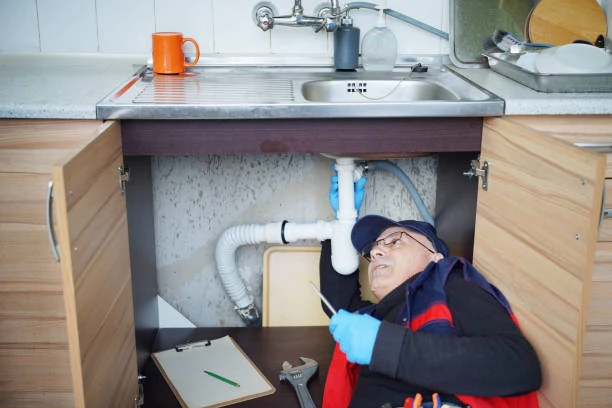Introduction to Ball Valves in Liquid Transmission
Ball valves are widely used in liquid transmission systems due to their reliability and ease of operation. These valves provide quick and accurate control of the flow of liquids, ensuring efficient system operation. The 1-inch ball valve is a popular choice in liquid transmission applications, offering a compact solution for precise flow control. By understanding the importance of valve selection, engineers can ensure that the liquid transmission system operates smoothly and effectively. This article explores the factors to consider when selecting ball valves, with a particular focus on the 1-inch ball valve.
Importance of Flow Control in Liquid Transmission
In liquid transmission systems, maintaining proper flow control is critical. Accurate regulation of flow ensures that liquids are transported efficiently, preventing system failures. Ball valves are ideal for this purpose due to their quarter-turn operation and ability to stop or regulate the flow quickly. The 1-inch ball valve is commonly used in smaller pipelines where tight control of liquid flow is required. With the ability to close tightly and operate under various pressures, these valves are an essential component in maintaining consistent flow throughout the transmission system.
Choosing the Right Size of Ball Valve
Selecting the correct size of ball valve is crucial for optimizing performance in liquid transmission systems. The 1-inch ball valve is often chosen for systems where the liquid flow rate is moderate and precise control is needed. Oversized valves can cause unnecessary pressure drops, while undersized valves may not provide adequate flow control. Engineers must consider factors such as pipeline size, flow rate, and system pressure when choosing the appropriate valve size. By selecting a valve that matches the system requirements, engineers can ensure optimal performance and prevent unnecessary energy loss or system stress.
Materials and Durability of Ball Valves
The materials used in the construction of ball valves significantly affect their durability and performance in liquid transmission systems. Materials such as stainless steel, brass, and PVC are commonly used for different applications. Stainless steel valves are ideal for systems that deal with high pressure and corrosive liquids. Brass valves, such as the 1-inch ball valve, are suitable for applications where corrosion resistance is important but not as critical as in high-pressure systems. For less demanding systems, PVC ball valves are an economical option. The material choice affects the valve’s ability to withstand pressure, temperature fluctuations, and chemical exposure.
Pressure and Temperature Considerations
When selecting ball valves for liquid transmission, it is essential to consider the pressure and temperature ranges that the valve will operate under. A 1-inch ball valve, depending on its material, can handle a variety of pressures and temperatures. For example, stainless steel valves can withstand high temperatures and pressures, while brass or PVC valves may be more suitable for moderate conditions. The valve’s pressure rating should match the operating conditions of the liquid transmission system to ensure safety and efficiency. Selecting a valve with a suitable pressure and temperature tolerance helps avoid system failures and increases the valve’s lifespan.
Application-Specific Considerations for Ball Valves
Different applications have specific requirements for ball valves, and these considerations should guide the selection process. In water treatment systems, for example, the 1-inch ball valve is often used for controlling water flow between filtration units. In chemical processing, valves made from corrosion-resistant materials like stainless steel are preferred to handle aggressive fluids. For low-pressure systems, brass ball valves are a cost-effective option. The application dictates the necessary valve features, such as flow control precision, material compatibility, and ease of maintenance. Engineers must tailor their valve selection to meet the unique demands of each liquid transmission system.
Maintenance and Longevity of Ball Valves
Regular maintenance is necessary to ensure that ball valves continue to perform optimally in liquid transmission systems. The 1-inch ball valve is relatively easy to maintain due to its simple design. Operators should inspect valves regularly for signs of wear, corrosion, or leakage. Cleaning the valve and lubricating its moving parts can prevent common issues, such as sticking or failure to seal. Additionally, seals and gaskets should be checked and replaced when necessary. Regular maintenance helps extend the valve’s lifespan, reduces the risk of leaks, and ensures that the liquid transmission system operates efficiently over time.
Cost Efficiency and Selection Considerations
Cost is an important factor in the selection of ball valves, particularly for large-scale liquid transmission systems. While the 1-inch ball valve may have a higher upfront cost compared to other valve types, its durability and ease of maintenance often make it a cost-effective choice in the long run. Choosing the right valve size, material, and design can reduce energy consumption and the need for frequent replacements. Additionally, the efficiency gains from selecting a valve with the right specifications help minimize operational costs. Engineers should evaluate both initial costs and long-term benefits when selecting ball valves for their systems.
Conclusion: Optimizing Liquid Transmission with the Right Ball Valve
The selection of the right ball valve is essential for optimizing liquid transmission systems. The 1-inch ball valve is a reliable and cost-effective choice for applications requiring precise flow control. By considering factors such as size, material, pressure, and temperature, engineers can ensure that the valve performs effectively in various environments. Regular maintenance and careful selection can extend the lifespan of ball valves, reducing system downtime and ensuring smooth operation. Ultimately, the right valve choice contributes to the overall efficiency and safety of the liquid transmission system, making it a critical decision in system design and operation.
IFAN Products international standards
IFAN products strictly adhere to a comprehensive range of international standards, encompassing ISO 15874, EN 15874, ASTM F2389, DIN 8077/8078, GB/T 18742, NBR 15884, ISO 15494, EN ISO 15494, GB/T 19472, NBR 15494, ASTM 2846 (501), DIN 8079/8080 (502), ASTM F441/F441M SCH80 (503), DIN (504), DIN (505), GB/T 18993, AS/NZS 1477, CSA B137.6, NSF/ANSI 14, TIS 17-2532/1131-2535, BS 3505, BS 4346 (801), ASTM D1785 SCH40 (802), ASTM D1785 SCH80 (803), DIN (804), GB (805), GB (806), GB(901), DWV(902), ASTM D2665 (903), along with ASTM D2241, D2665, D2729, and F441/F441M series, ISO 1452, EN ISO 1452, DIN 8061/8062, GB/T 10002, AS/NZS 1477, JIS K6741, CSA B137.3, and other national and industry norms.
Connect
IFAN is a Chinese manufacturer of plastic pipes, fittings and valves with 30 years of experience. If you are interest in IFAN copper fittings, copper valves, plastic pipes and fittings, please contact us. IFAN offers you a variety of standard pipes to meet your specific needs. Click below to learn more about IFAN’s wide range of affordable and cost-effective valve products and piping system related products.
We will reply your email or fax within 24 hours.
You can call us at any time if there is any question on our production.
For more information,pls visit our webside https://waterpipefitting.com/
Pls Mailto: [email protected]
Whatsapp: +86 15088288323














Recent Comments